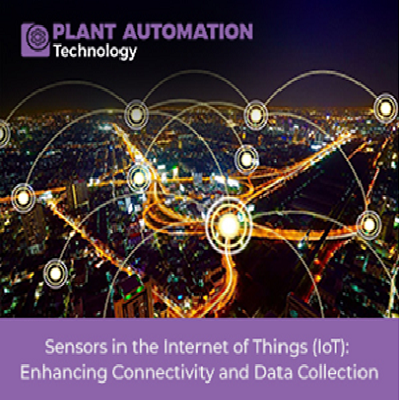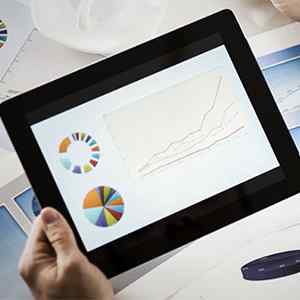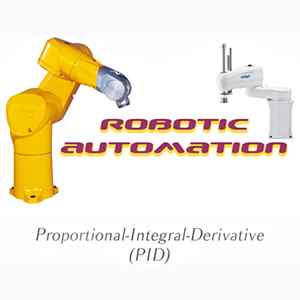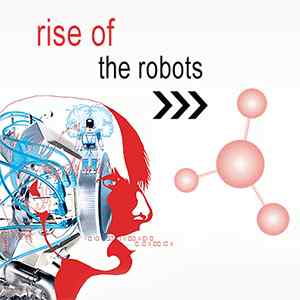Sensors in the Internet of Things (IoT): Enhancing Connectivity and Data Collection

Introduction
The emergence of the Internet of Things (IoT) has brought about a revolutionary shift in our interaction with technology and the world at large. Central to this transformative technology are IoT sensors, which facilitate connectivity and efficient data collection. In this article, we will delve into the significance of IoT sensors within the IoT ecosystem and their contribution to the smooth exchange of information. We will explore the functionality of IoT sensors, the various types utilized in IoT applications, and their diverse use cases across industries.
Moreover, we will address the challenges and considerations involved in implementing IoT sensors in IoT systems. By examining how IoT sensors enhance connectivity and streamline data collection, we aim to offer valuable insights into their crucial role in the Internet of Things. Join us as we uncover the importance of IoT sensors and their profound impact on facilitating seamless information flow in IoT applications.
What are sensors in the Internet of Things (IoT)?
Sensors in the IoT context are electronic devices that detect and measure physical properties or environmental conditions. They convert these measurements into electrical signals that can be processed and analyzed by IoT systems. Sensors act as IoT sensory organs, capturing real-world data and facilitating its integration into digital networks.
Enhancing IoT connectivity:
Sensors play a vital role in enabling device communication within the IoT ecosystem. They act as data collection points and facilitate communication and sharing. Sensors can establish wireless connections using various technologies such as Wi-Fi, Bluetooth, and Zigbee, allowing devices to exchange data seamlessly. This connectivity enables real-time data transmission, where sensors capture and transmit data instantaneously, ensuring timely and accurate information flow.
| Also Read: Data Analytics for Manufacturing: Turning Data into Actionable Insights |
Data Collection and Analysis:
Data collection is a cornerstone of IoT systems as it provides valuable insights. Sensors capture and transmit data from the physical world to IoT devices or networks. They detect various physical phenomena, such as temperature, humidity, light, motion, and proximity, and convert these measurements into electrical signals. Sensor data fusion techniques combine data from multiple sensors, allowing for comprehensive analysis and meaningful insights. This integration of data from diverse sensors enhances the accuracy and completeness of the collected information.
Types of sensors:
In the realm of the Internet of Things (IoT), a wide array of sensors are employed to detect and measure various physical parameters and environmental factors. Here are some commonly used sensor types:.
- Environmental sensors: These sensors are responsible for monitoring factors such as temperature, humidity, and light intensity. They are instrumental in applications like smart climate control systems, energy management solutions, and environmental monitoring.
- Motion and proximity sensors: These sensors excel at detecting movement and determining the presence or absence of nearby objects. They find practical applications in automated lighting systems, security systems, and occupancy detection.
- Biometric sensors: Biometric sensors capture physiological data, including heart rate, blood pressure, and fingerprints. They play a critical role in healthcare settings for patient monitoring, as well as in fitness tracking devices and authentication systems.
- Gas and chemical sensors: Designed specifically to detect and monitor gases or chemicals, these sensors are extensively employed in industrial environments for safety applications, environmental monitoring, and air quality control.
These examples represent just a glimpse of the diverse range of sensors deployed in IoT applications. Each sensor type serves a distinct purpose, enabling the IoT to gather essential data and facilitate intelligent decision-making across a broad spectrum of industries and domains.
| Also Read: Smart Sensors: Revolutionizing Plant Automation through Real-Time Data Insights |
Use Cases and Applications:
Sensors play a vital role in the IoT ecosystem, driving transformative solutions across industries. Let's explore some notable use cases and applications.
- Smart home automation and security systems: Sensors are essential in automating daily life in smart homes. Motion sensors detect movement to trigger automated lighting, temperature sensors enable HVAC systems to adjust accordingly, and security systems utilize sensors to detect unauthorized access or breaches.
- Industrial IoT applications for monitoring and optimization: Sensors revolutionize industrial processes by enabling real-time monitoring and optimization. In manufacturing plants, sensors monitor equipment performance, detect anomalies, and enable predictive maintenance, minimizing downtime and optimizing productivity. Sensors also monitor environmental conditions to ensure worker safety and regulatory compliance.
- Healthcare and wearable devices: Sensors are extensively used in healthcare devices to monitor patient health and enhance medical treatments. Wearable devices equipped with sensors like heart rate monitors, accelerometers, and GPS enable continuous health tracking, remote patient monitoring, and early detection of health issues. This data empowers healthcare professionals to deliver more personalized and efficient care.
- Environmental monitoring and smart cities: Sensors are crucial for monitoring environmental conditions and facilitating sustainable development in smart cities. Air quality sensors measure pollution levels, enabling proactive interventions to improve air quality. Sensors in waste management systems optimize waste collection and recycling processes. Smart grids leverage sensors to monitor energy consumption and optimize distribution, promoting energy efficiency and reducing environmental impact.
As the IoT advances, sensors will find applications in various domains such as agriculture, transportation, retail, and more. Their ability to collect real-time data and facilitate intelligent decision-making transforms industries and improves quality of life.
Challenges and Considerations:
Implementing sensors in IoT systems comes with its own set of challenges and considerations.
• Power management and energy efficiency: One of the key challenges in IoT deployments is managing power consumption and ensuring energy efficiency. Sensors often operate on battery power, and optimizing their energy usage is crucial to maximize their lifespan and reduce battery replacements. IoT system designers need to explore power-saving techniques such as sleep modes, duty cycling, and energy harvesting to minimize power consumption while maintaining functionality.
• Sensor calibration and accuracy: Accurate and reliable sensor data is essential for making informed decisions and taking appropriate actions in IoT applications. Sensors can experience drift, noise, or bias over time, affecting measurement accuracy. Regular calibration and periodic recalibration are necessary to maintain sensor accuracy. Sensor calibration involves comparing the sensor output against a known reference or standard and adjusting the readings accordingly.
• Data security and privacy concerns: With the vast amount of data collected by sensors in IoT systems, data security and privacy have become paramount concerns. Data encryption, secure communication protocols, and authentication mechanisms must be implemented to protect sensor data from unauthorized access or tampering. Additionally, privacy regulations and compliance requirements must be carefully considered when handling personal or sensitive data collected by sensors.
• Scalability and interoperability: As the number of connected devices and sensors in IoT networks grows, ensuring scalability and interoperability becomes a significant challenge. IoT systems need to accommodate many sensors and devices seamlessly. Standardized protocols, interoperable communication interfaces, and well-defined data formats can facilitate interoperability between different sensor types and IoT platforms. Scalability considerations should also include the ability to handle increasing data volumes and processing capabilities as IoT deployment expands.
Conclusion:
Sensors are the essential building blocks of the Internet of Things, enabling connectivity, data collection, and analysis. They play a critical role in enhancing connectivity, enabling real-time data transmission, and facilitating comprehensive data collection and analysis in IoT applications. By understanding the various types of sensors, their functionalities, and the associated challenges, businesses, and individuals can harness the power of sensors to drive innovation and efficiency in the ever-expanding IoT ecosystem. As the IoT continues to evolve, addressing challenges such as power management, sensor calibration, data security, and scalability will be crucial to unlocking the full potential of this transformative technology.







